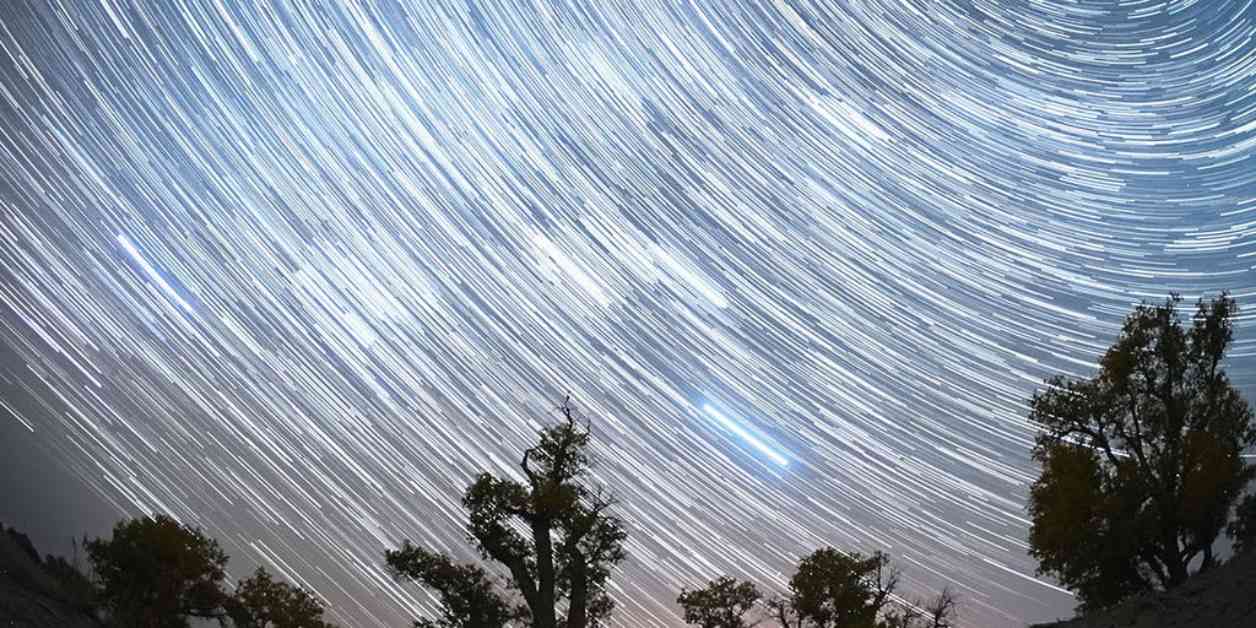The Orionids meteor shower is set to illuminate the night sky with its dazzling display of shooting stars throughout November. This meteor shower, known for its brightness and speed, typically peaks in mid-October each year. However, sky-gazers can still catch a glimpse of these spectacular meteors well into next month.
According to NASA, the Orionids are remnants of Halley’s Comet and are accompanied by some of the most prominent stars in the night sky. As the comet travels through the inner solar system, it sheds ice and rocky dust into space, which eventually forms the Orionids in October and the Eta Aquarids in May upon entering Earth’s atmosphere.
During the peak of the Orionids meteor shower, which is expected to occur on Monday, observers in the Northern Hemisphere may witness up to 15 meteors per hour. To enhance the viewing experience, experts suggest finding a dark sky away from light pollution and lying flat on your back with a blanket to fully immerse yourself in the celestial spectacle.
While the peak of the Orionids meteor shower is slated for October 21, the shower will remain active until November 22. This astronomical event offers a rare opportunity for sky enthusiasts to witness the remnants of Halley’s Comet, which only reappears in the inner solar system every 76 years. The comet’s last visible appearance to the naked eye was in 1986, and it is not expected to return until 2061, according to NASA.
Whether you’re in the Northern or Southern Hemisphere, the Orionids meteor shower presents a captivating celestial show that can be enjoyed during the early morning hours after midnight. So, grab a blanket, head to a dark sky location, and prepare to be mesmerized by nature’s fireworks in the night sky.




